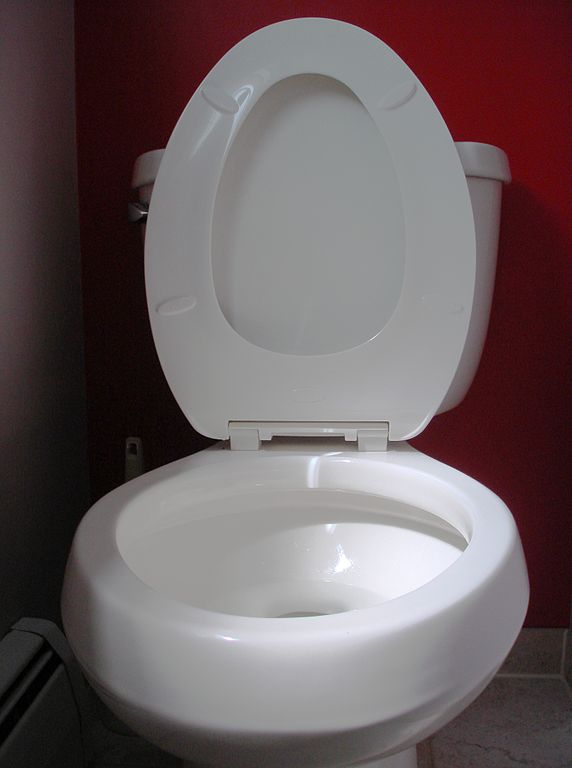
A toilet. Source.
Which harbors more bacteria: the sole of your shoe, a toilet seat, or your cell phone?
The answer to that is most likely– your cell phone.
Yes, that is correct: researchers have found that our phones carry an average of 10 times as many bacteria as a toilet seat. This may come quite a surprise at first, but once you really think about it, actually seems highly anticipated.
From calling, texting, Tweeting, or playing Flappy Bird, cell phones have become central to our social lives, professions, and constant need for entertainment. As a result, many of us bring our phones everywhere we go and place them on kitchen counters, dinner tables, gym mats, and public washroom toilet paper dispensers and sinks, all in a single day. Bacteria present on these surfaces then get transmitted onto the phone. The level of bacterial contamination is exacerbated when phones are passed between people, as another set of germs are passed on to the phone. The health concerns don’t end here though; our phones don’t just collect bacteria, they breed them as well. Due to the heat they generate, and the darkness of our pockets and handbags, cell phones seem to be the ideal breeding ground for bacteria.

Cell phones. Source.
What is it specifically about cell phones and toilet seats that instigates such a large difference in bacterial count? Toilets are cleaned frequently, as people associate washrooms with germs, while cell phones, on the other hand, are often left out of the cleaning routine, as people are typically hesitant about cleaning electronic devices. In addition, cellular devices also come into contact with more parts of our body and a wider range of bacteria than toilet seats.

E. coli at 10,000X magnification. Source.
A number of swab tests show that cell phones have frequently been found to be contaminated with Escherichia coli (E. coli), methicillin-resistant Staphylococcus aureus, and coliform. Although there currently are no scientific studies suggesting that bacterial infections can be directly contracted from cell phones, we should nonetheless still take precautionary measures to minimize health risks such as vomiting, fever, and diarrhea, which are associated with grimy cell phones.

Cell phones can be sanitized using a soft antibacterial wipe. Source.
What can you do to clean your device?Firstly, don’t rely on your shirt sleeve– use a soft antibacterial wipe instead. As well, be sure to wash your hands with soap, as researchers at the University of London found that one in six cell phones is contaminated with some sort of fecal matter. Cell phone sanitizing devices such as PhoneSoap, which simultaneously charges and sanitizes your cell phone using UV-C light, have also been developed. Cell phones have not only revolutionized the way the world communicates, but the spread of germs as well; so remember that a clean phone benefits both you and everyone else.
When was the last time you sanitized your cell phone?

References: Live Science, FOX 7 Austin, CBS News, The Telegraph.
– Cindy Hu






















